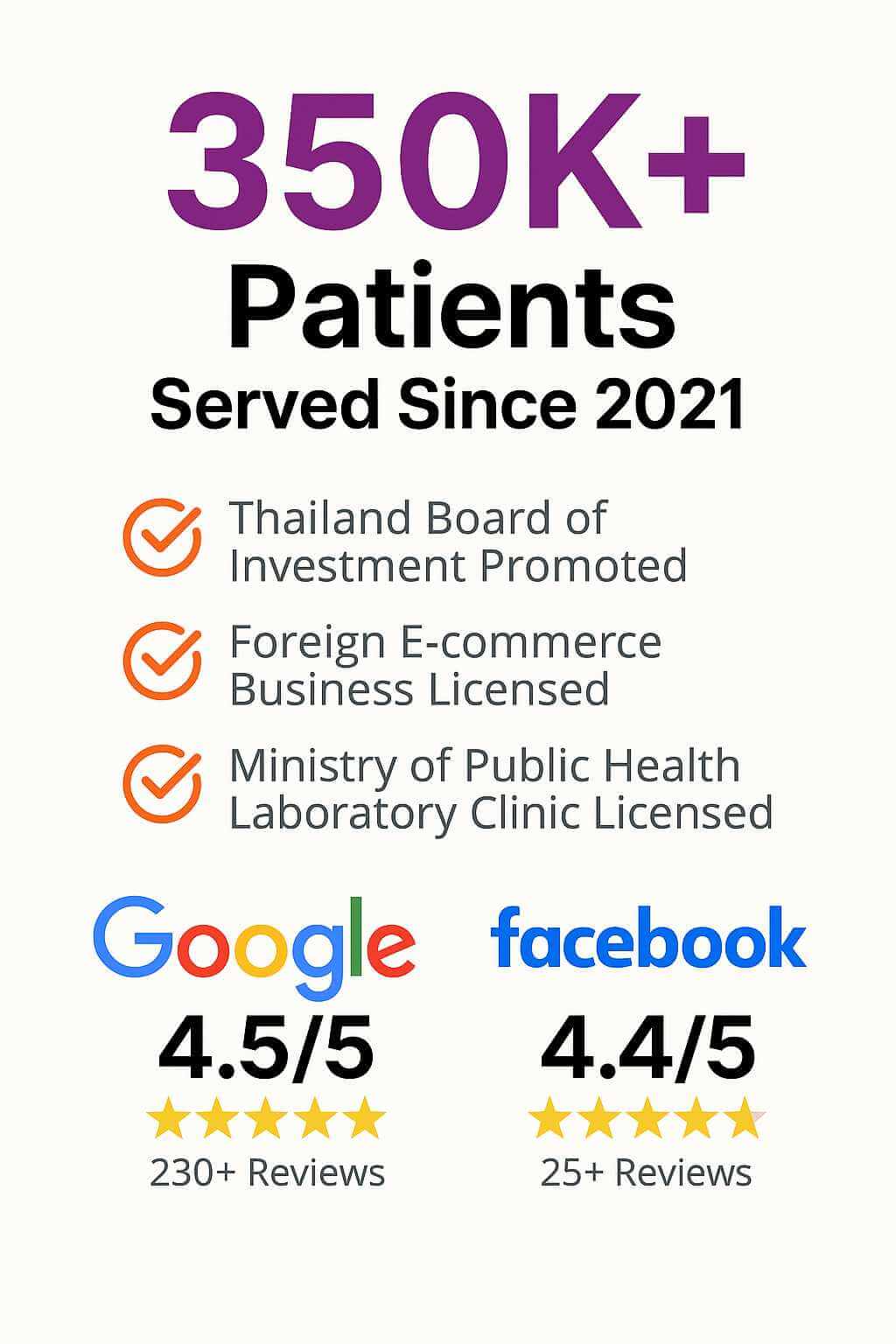
Eyelid Surgery
Home / Procedure Detail
Eyelid Surgery
- Procedure
- Eyelid Surgery
Blepharoplasty is a surgery that removes extra skin from the eyelids in order to make them look younger. The aging process weakens the muscles around the eyes, which causes sagging and drooping. This can be fixed with Blepharoplasty so you don’t have to deal with tired-looking eyes anymore.
Blepharoplasty not only can make the eyes appear younger and more wide awake, but it also corrects vision problems caused by sagging skin around the eyes.
Why it’s done
Blepharoplasty might be an option for:- Baggy or droopy upper eyelids
- Excess skin of the upper eyelids that partially blocks peripheral vision
- Excess skin on the lower eyelids
- Bags under the eyes
Procedure Primary Points
- Pre-Procedure: Anesthesia and relaxation drugs administered before outpatient blepharoplasty.
- During: Upper eyelid cut along fold, excess skin, muscle, and fat removed; lower lid cut below lashes, fat and skin adjusted.
- Combined Procedure: Ptosis corrects drooping upper eyelids along with blepharoplasty.
- Post-Procedure: Recovery monitored in the room, then go home; temporary vision changes, sensitivity, swelling, pain expected.
- Recovery Steps: Ice packs, ordered drops, raised head position, cool compresses, sunglasses, pain control; avoid strenuous activities, smoking, rubbing eyes, wearing contact lenses, and certain medications.
What You Can Expect
Before the procedure
Blepharoplasty is usually done in an outpatient setting. You might be given drugs such as injections into the eyelids to numb them and drugs through an IV to help you relax.During the procedure
For upper eyelids, the surgeon cuts along the fold of the eyelid. The surgeon removes some excess skin, muscle and possibly fat. Then the surgeon closes the cut. On the lower lid, the surgeon makes a cut just below the lashes in your eye’s natural crease or inside the lower lid. The surgeon removes or redistributes excess fat, muscle and sagging skin. Then the surgeon closes the cut. If your upper eyelid droops close to your pupil, your surgeon may do blepharoplasty combined with a procedure called ptosis (TOE-sis). Ptosis is designed to lift the eyelid as well as remove excess eyelid skin.After the procedure
After surgery, you spend time in a recovery room where staff members monitor you for complications. You can leave later that day to heal at home. After surgery you might temporarily have:- Blurred vision from the lubricating ointment applied to your eyes
- Watering eyes
- Light sensitivity
- Double vision
- Puffy, numb eyelids
- Swelling and bruising similar to having black eyes
- Pain or discomfort
Do:
- Use ice packs on your eyes for 10 minutes every hour the night after surgery. The following day, use ice packs on your eyes 4 to 5 times throughout the day.
- Use ordered eye drops or ointments.
- Sleep with your head raised higher than your chest for a few days.
- Apply cool compresses to reduce swelling.
- Wear dark sunglasses to protect the skin of your eyelids from sun and wind.
- If needed, use acetaminophen (Tylenol, others) to control pain.
Don’t:
- Do anything strenuous for a week — no heavy lifting, swimming, jogging or aerobics.
- Smoke.
- Rub your eyes.
- Wear contact lenses for about two weeks.
- Take aspirin, ibuprofen (Advil, Motrin IB, others), naproxen sodium (Aleve, others), naproxen (Naprosyn), and other drugs or herbal supplements that can increase bleeding.
Medical Procedures
MedEx did help me a lot not only for connecting with clinics but also for other miscellaneous items such as visa extention. I am really sastify with the services received from MedEx. I've recommended to some of my friends to connect with MedEx too if they have plan to go for medical trip to BKK. 🙂
Engyin HtunSingapore 
Highly recommend to MedEx .They are professional and amazing team.
MedEx Staffs should have closed relationships with hospitals staffs to get more information and services.So,they can give the best services to patients.
Thomas FlyerMyanmar 
Owing to my heart pacemaker implant case, if I got a chance to refer anyone, without blinking my eyes I would refer to Vejthani Hospital. I am very grateful.
Bhagwan Ratna TuladharKathmandu, Nepal 
MedEx was very kind, patient, supportive and very helpful with my needs for seeing doctors and doing physical therapy here in Thailand. MedEx fulfilled everything I needed with my stay here with prompt actions, and I highly recommend MedEx if you are coming to Bangkok for medical treatment.
Ko Sai Aung Lwin TunMyanmar 




















